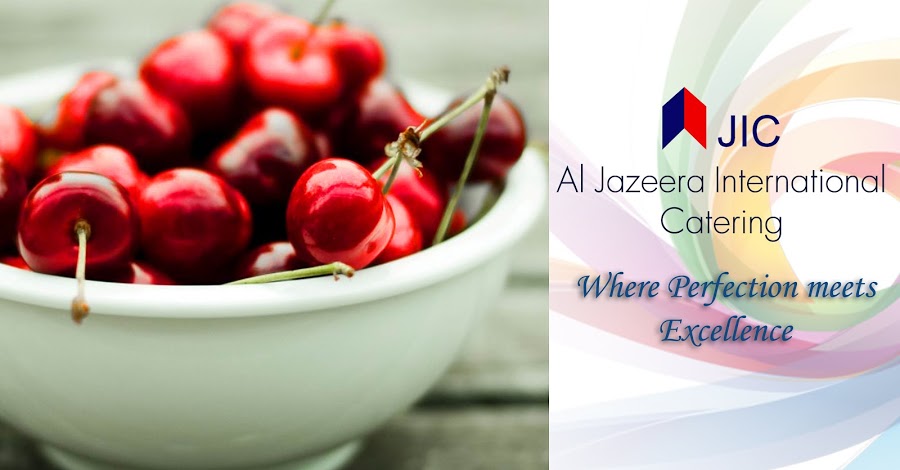It is the usual scenario to have disagreements
and conflicts between staff and management in any organization.
An
effective employee grievance policy helps the employees to voice
out their concerns and the management can address the issue before it becomes a
distraction at workplace. Resolving the grievance helps the employee to work in
harmony and also it encourages to have a better work culture at work place.
Follow these simple steps to create an effective employee
grievance policy:
 1. Identify the key points of contact
1. Identify the key points of contact
Identify the points of contact who are authorized
to address the grievances.
Once it is identified, all the employees should
know the points of contact and how to approach them with the grievance.
2. Create a procedure to file a grievance
A procedure should be followed to file a
grievance and the steps taken if it is not resolved at level 1 until the
grievance is resolved.
All the grievances should be documented and
should be readily available to the management if the issue is not resolved in
the first instance.
3. handling the grievance
Whenever a grievance is filed, it has to be documented and
investigated, regardless of the seriousness of the issue. The person who filed
the grievance should be kept abreast with the information of the status so that
they would know that their grievance is handled and not ignored.
4. Document the grievance policy
The grievance policy is very important and should be added to
the company policies and procedures. It would be a guideline to follow when the
employees want to raise a grievance.
5. Open-door environment
This grievance policy would be effective if the employees feel
comfortable in reporting their issues.
If the fear of retaliation raises, then the employees might not
raise their concerns which results in employee resignation. If the employees
are comfortable in sharing their grievances through conversations with the
management, more concerns of the employees come into light without the fear.







